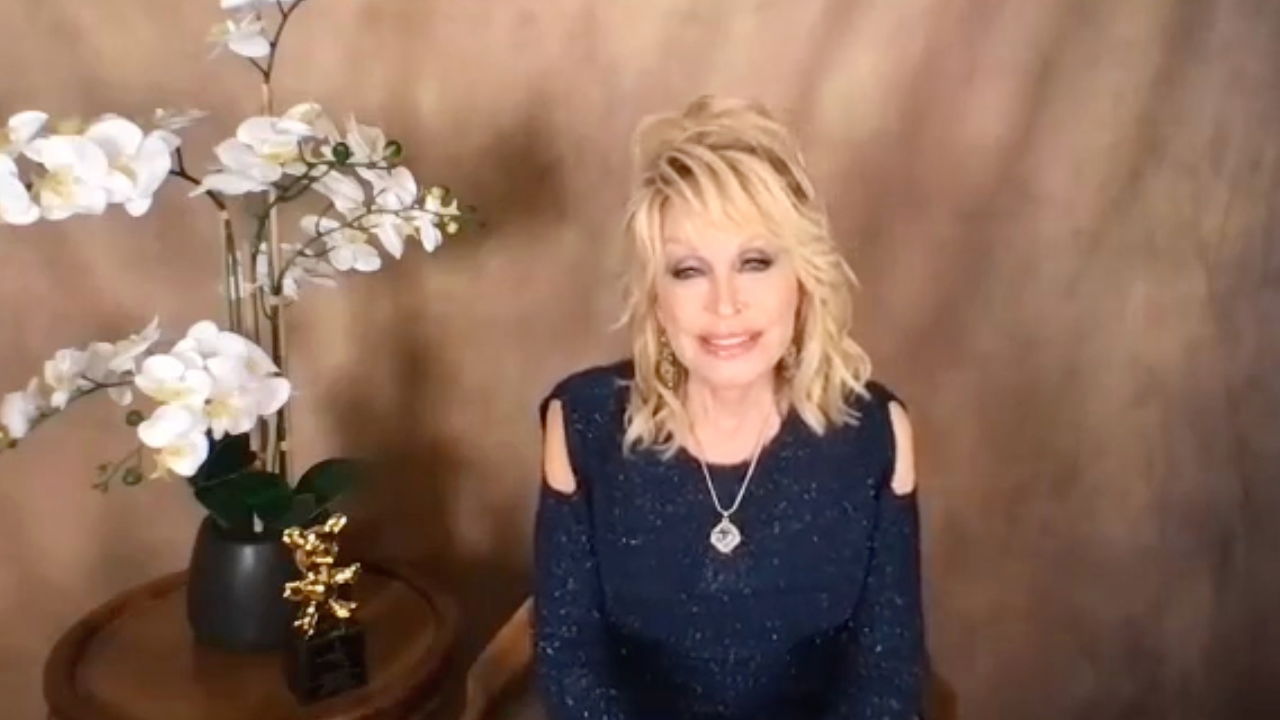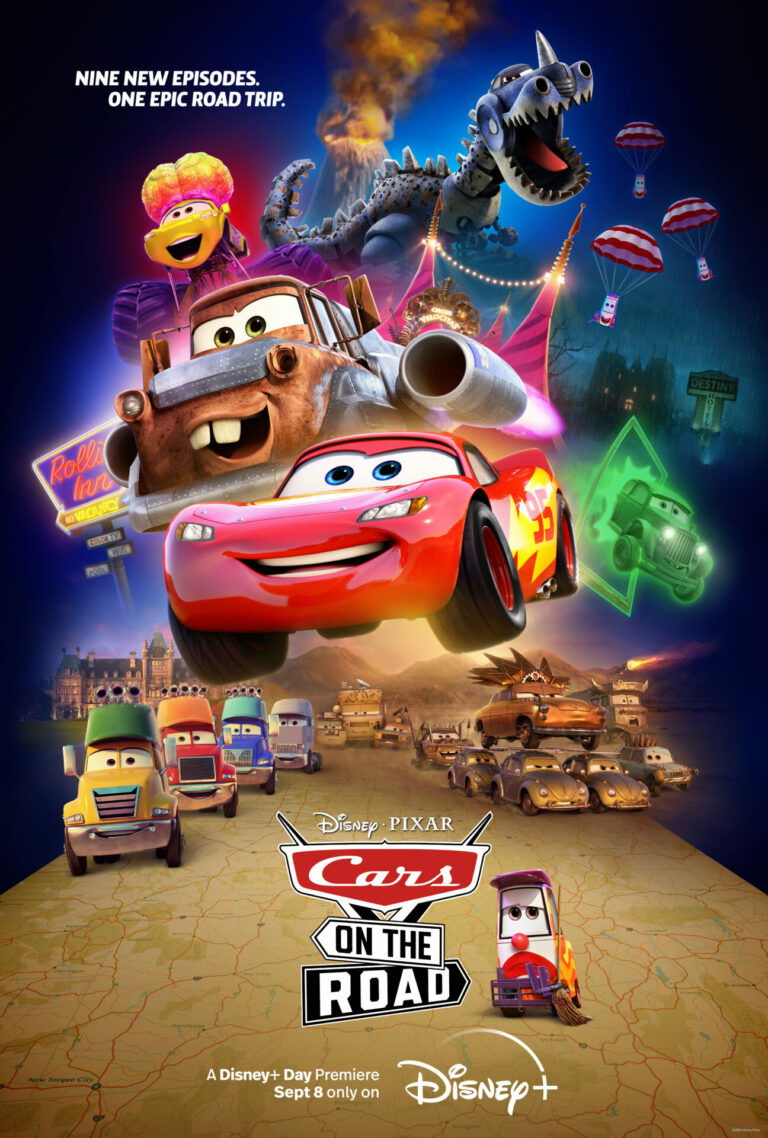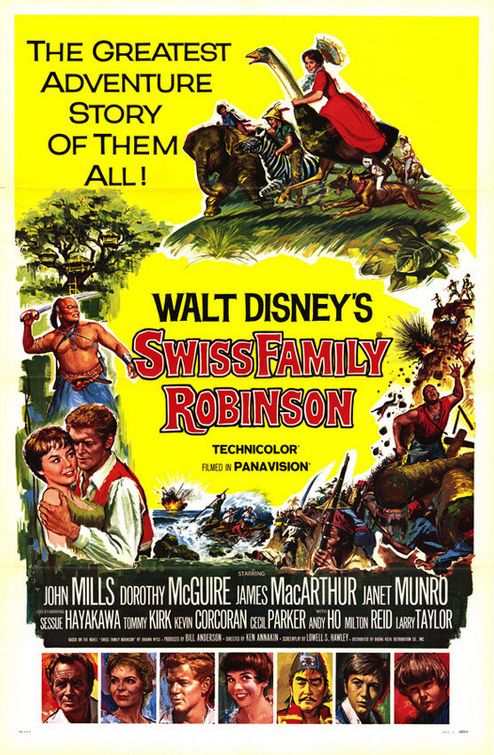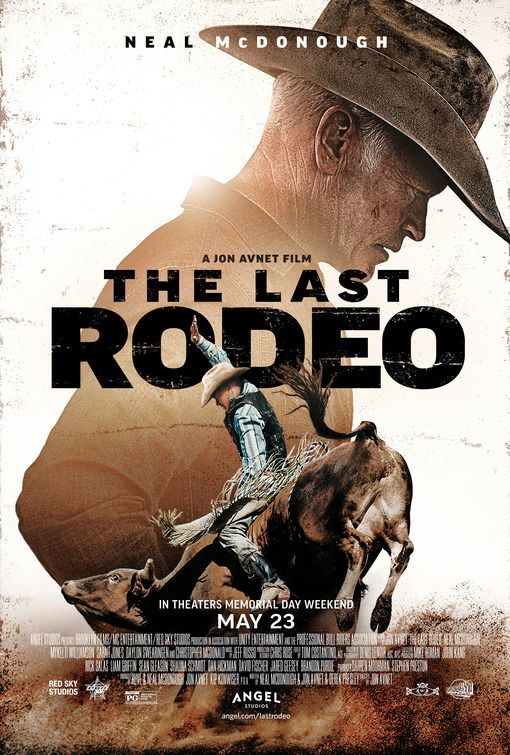
The Making of Dolly Parton: Poverty, Soul and a Fire for Music
By Movieguide® Contributor
With a unique upbringing and generous attitude, Dolly Parton is unlike any other artist — her kindness and relatable nature charm nearly everyone she meets.
Parton’s “Mama” passed down her love for music to the “9 to 5” singer.
“My mama knew all the old songs, brought over from the Old World,” she told Southern Living. “She would cry, and we would love it. We’d say, ‘Mama, tell us again about that girl who loved that boy,’” Parton said. “Mama could jerk a tear out of you.”
Parton’s Mama knew “Knoxville Girl,” “Down in the Willow Garden,” “Little Rosewood Casket” and other old songs.
Parton grew up in a poor farming family, in a one-room cabin in Tennessee, with her parents and 11 siblings. At night, the Parton kids would sit “and watch the radio,” she said.
The star would make up songs long before she could read or write.
“When I was 5 or 6, I wrote a song about a corncob doll,” she said. “Mama wrote it down. She had a trunk full of them…It’s all sacred to me.”
“I can claim that gift. Anybody can sing, but to make something good in the world that wasn’t there before…” she trailed off.
When she was 10, her uncle got her involved in the music industry, and she appeared on TV before her family ever owned one.
“From the way people reacted, I thought, ‘You know, this may be for real,’” she recalled.
Her career kicked off, and Parton estimates she’s now written about 3,000 songs in her 78 years.
In 1971, Parton released “Coat of Many Colors.” The song highlights the positive spirit and determination of those who have less than most. It became an anthem for hard-working people like her and her family.
Some of the lyrics read:
I recall a box of rags that someone
gave us
And how my mama put the rags
to use…
She made my coat of many colors
That I was so proud of
“If it happened,” she says, “I wrote a song about it.”
“This philosophy gave birth to one of the greatest country music — or any genre — hits of all time,” Southern Living reported. “It happened not long after her marriage to Carl Dean, an asphalt contractor. He went into a bank to ask for a loan for a paving machine. The red-headed bank clerk seemed, to Dolly, more than friendly.”
She said, “I told him, ‘I don’t believe this long-legged, beautiful girl is who you ought to be talking to about asphalt,’ and she might have warned him that if he kept it up, she would pave over his behind.”
READ MORE: FAMILY OVER FAME: WHY DOLLY PARTON IS ALWAYS HOME FOR CHRISTMAS
That story inspired her 1973 hit, “Jolene,” which wasn’t the clerk’s real name. “I changed the names to protect the guilty,” she said.
“I walk around with a song in my head and in my heart,” Dolly said. “I’ll go into a closet and wonder, ‘Now, what in the hell did I come in here for?’ There’s nothing that makes me happier than writing a song.”
“I think I’m a star to everybody but me,” Parton said. “I always wanted to be famous, but nobody could have thought of the extent it became. I’ll see a whole wall of my pictures somewhere, and I’ll wonder ‘How did that happen?’ It’s more a joy than a surprise.”
Parton’s legacy may be one of the strongest of any American artists ever. She has employed thousands through her theme park, Dollywood, helped thousands of American kids get free books through her Imagination Library, given away millions of dollars to those in need, and of course, comforted the spirits of millions through her music.
Parton’s movie, DOLLY PARTON’S COAT OF MANY COLORS won the Movieguide® Epiphany Prize® for Most Inspiring TV Program of 2015. DOLLY PARTON’S CHRISTMAS OF MANY COLORS: CIRCLE OF LOVE was nominated for a Faith and Freedom Award®.
READ MORE: WHAT’S DOLLY PARTON’S SECRET TO HER 58-YEAR MARRIAGE?
Questions or comments? Please write to us here.


 - Content:
- Content: 

